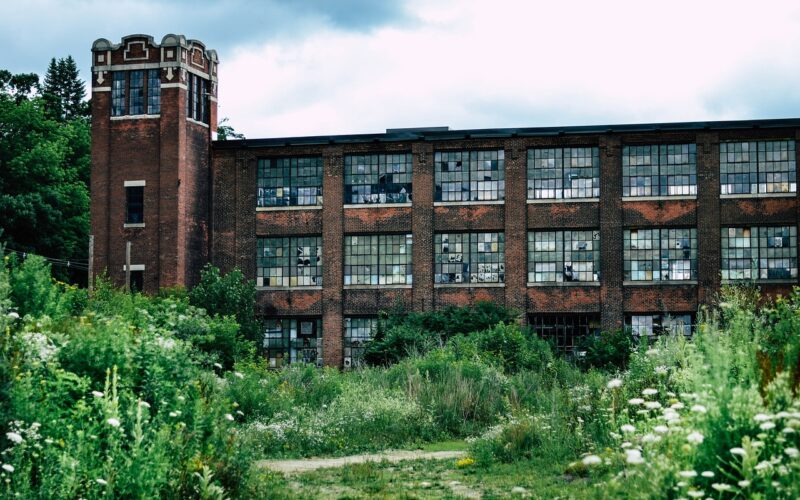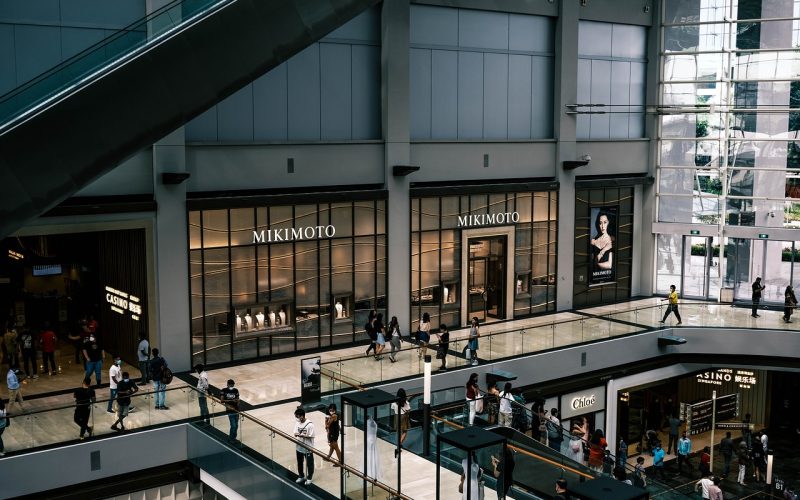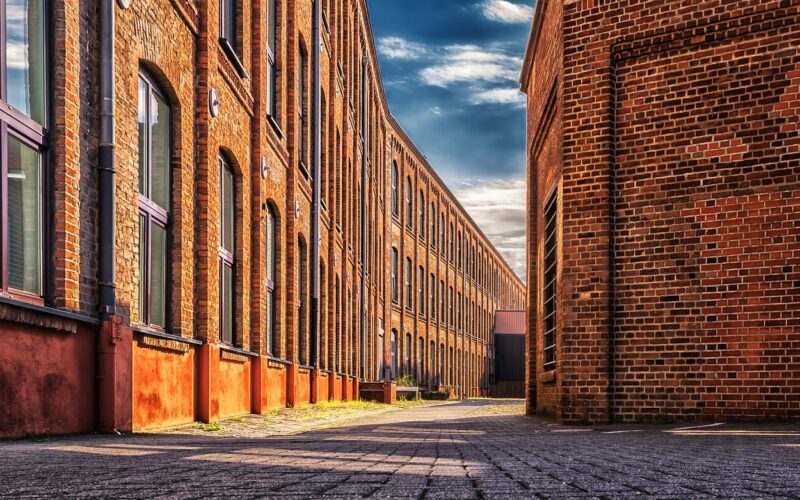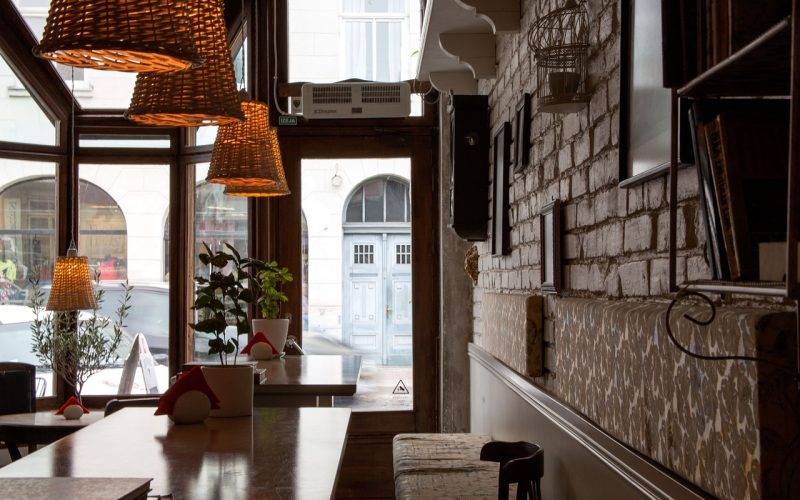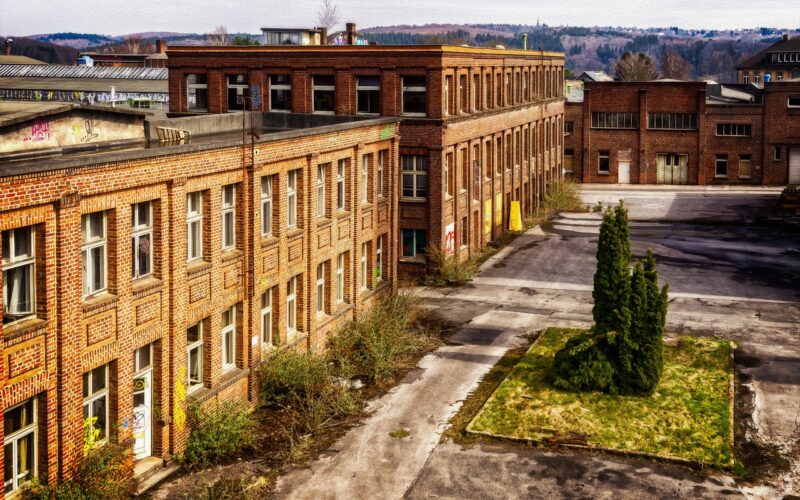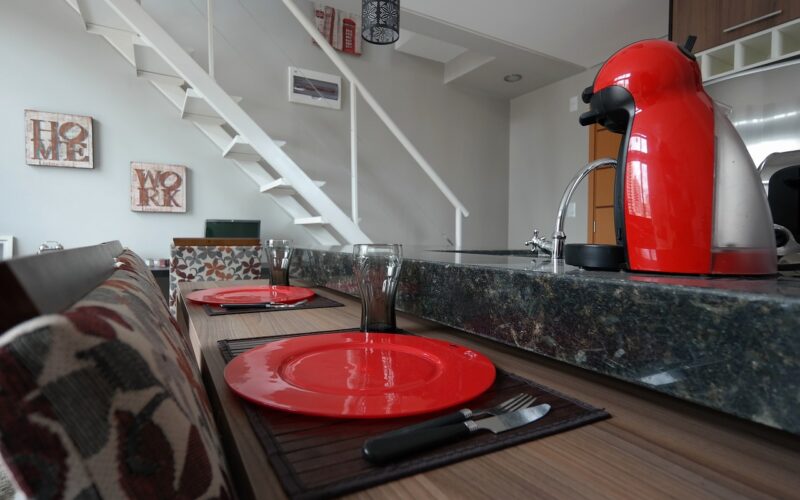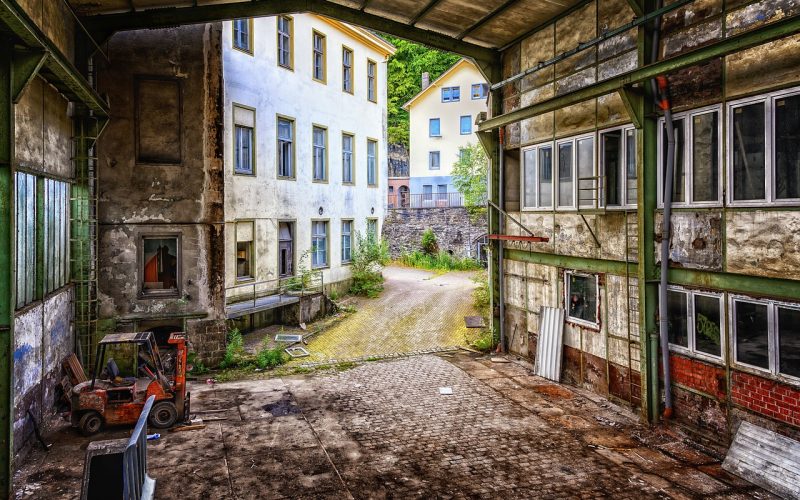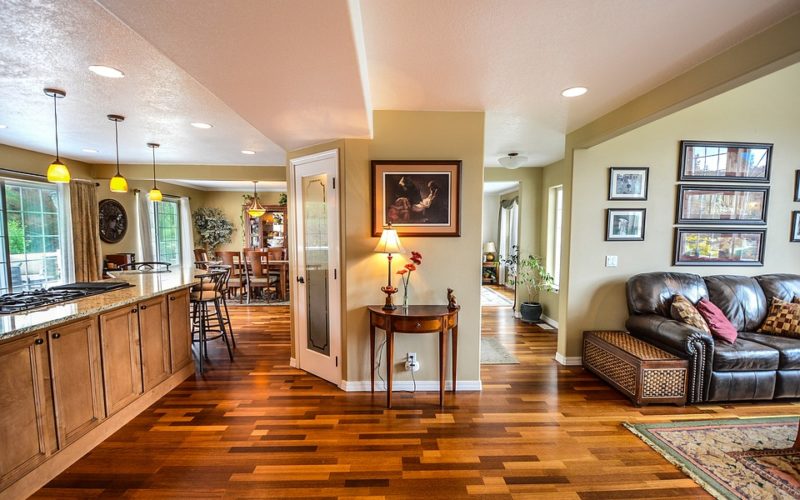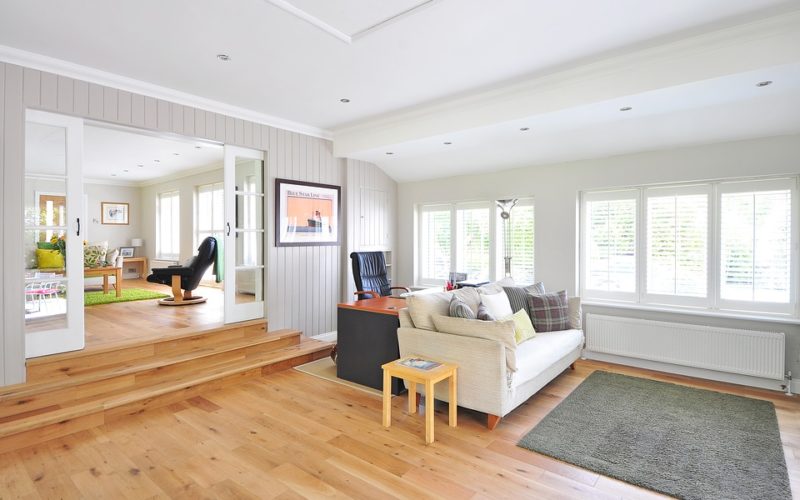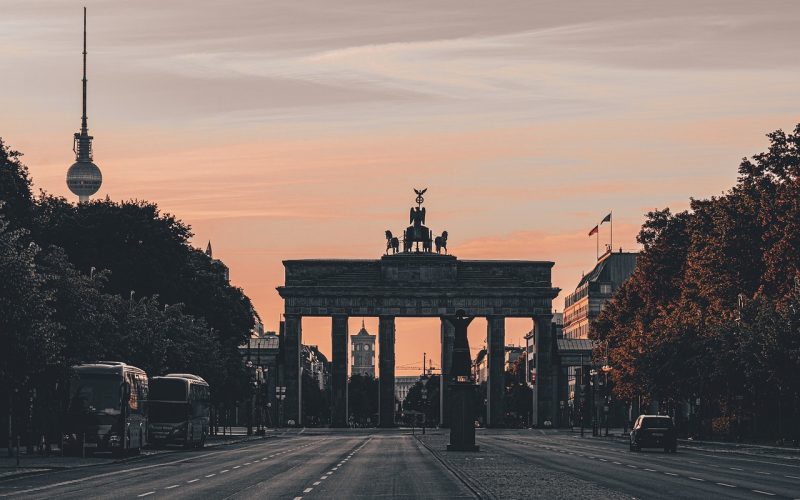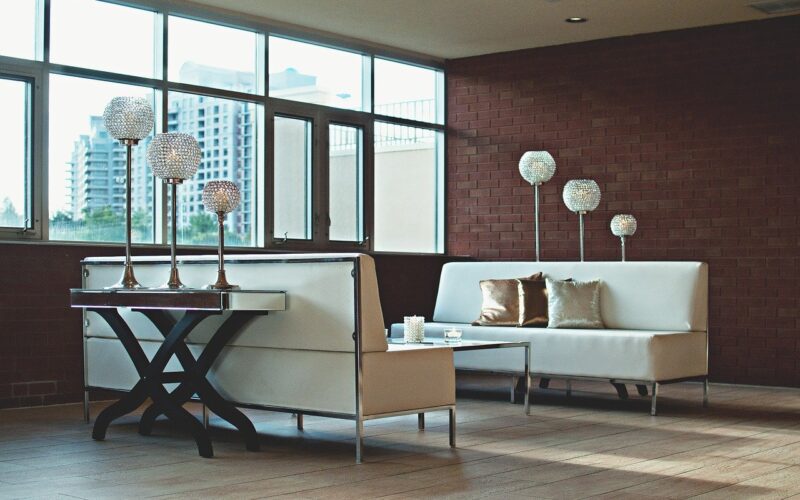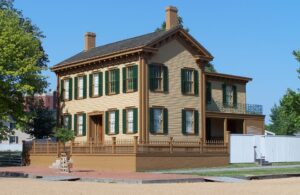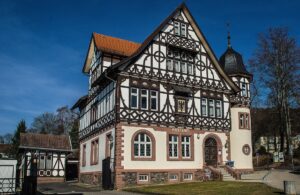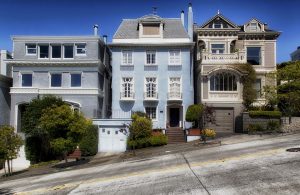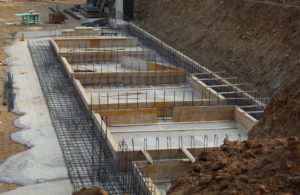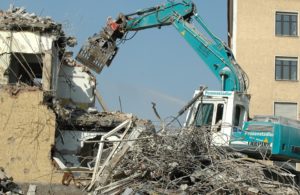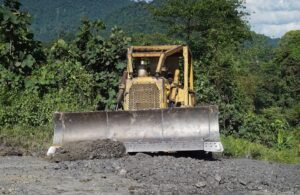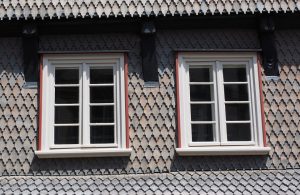Turning Factories Into Trendy Shops
In the 21st century, the trend of transforming defunct industrial spaces into vibrant retail centres is changing the landscape of urban environments. Across the globe,...
Breathing Life Into Old Walls
Urban landscapes are dotted with relics of industrial past – towering, silent factories that once thrummed with activity. These untapped canvases now offer a unique...
Essential Modern Amenities
Buildings advertising modern lofts for rent or sale have found they now need to attract people with modern amenities, and some of them are blatantly...
Converting Old Spaces Into Cool Places
In recent years, a remarkable trend has swept across urban landscapes worldwide—old factories, once symbols of industrial might, are being transformed into vibrant office spaces,...
Old Industrial Mills
In recent years, a significant shift has been observed in urban planning and development, particularly in the way city centres are evolving to meet changing...
A Blend Of History And Innovation
The concept of repurposing has taken a prominent place in modern development, particularly when it comes to revamping old factory buildings. These structures, often remnants...
New York Style Apartments
New York City, a melting pot of cultures, lifestyles, and architecture, presents a selection of living spaces as diverse as its inhabitants. None, however, have...
Regenerating a Factory
Disused factory spaces, once the beating heart of industrial innovation, are now finding new life through regeneration and repurposing. Across the globe, these once-abandoned structures...
Creating A Feeling of Space
One of the reasons lofts originally became popular was the lack of investment needed to create a living area, but they have remained popular due...
Establishing Functional Spaces
People who originally rented or bought lofts were looking for functional spaces with a low price, and they were often willing to add their own...
The Industrial Look
For those seeking open spaces, modern lofts have become a hot item in the real estate market. They want an uncomplicated space with the industrial...
East Berlin's Transformation
Once a symbol of division and struggle, East Berlin has experienced a remarkable transformation since the fall of the Berlin Wall in 1989. Central to...
Baring the Walls
Older buildings that were originally for light manufacturing or warehousing goods have become a wonderful way to provide housing for those who want the industrial...
